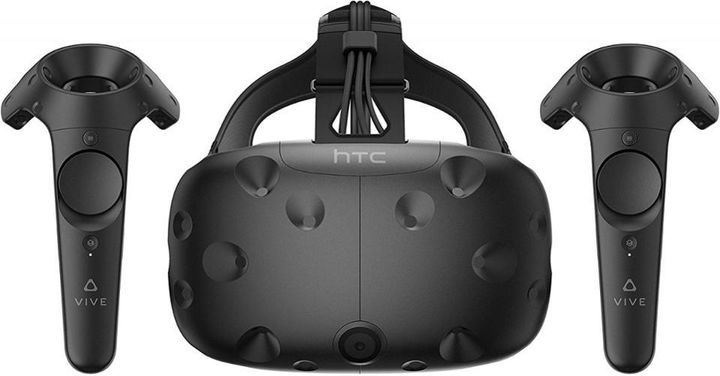
HTC Vive and controllers, now $499.
This post was originally featured on Forbes.com on August 17, 2017
HTC today announced a $200 price cut to its flagship VR system, The HTC Vive. The announcement follows a similar reduction in the price of Facebook’s Oculus Rift last month. Both companies touted the price cut as an effort to grow their community, which HTC President Rikard Steiber said coincides with the arrival of flagship titles like “Doom” and “Ready Player One”, based on the upcoming Speilberg VR movie. “I am so proud of the wide array of experiences now available for the Vive. Our developers deserve a bigger audience. The Vive is not just for first adopters anymore.”
Stephanie Llamas of Superdata Research, which tracks sales of games and VR experiences by the top retail platforms, said “HTC has always been methodical about their product strategy and is not known to make decisions just to respond to what other companies do. Now that people know more about VR and with AAA games like “Fallout 4” and “DOOM” are launching soon, HTC understands the benefit of setting a more accessible price for their headset. I think it will definitely boost the user base, especially if they concentrate on making the software side more seamless.”
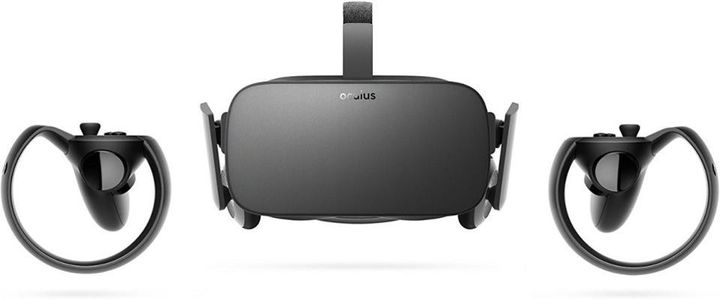
Oculus Rift and Touch Controller bundle, now $399, one hundred dollars less than the HTC Vive.
On July 10th, Oculus lowered the cost of The Rift + Touch bundle $200, to $399. Jason Rubin, Oculus’ Vice-President, Content, told me on July 7th that “2017 is the year of VR content came of age. Oculus has spent 250 M to date to build the biggest and best library of content to jump the start the virtuous circle wherein titles sell as many platforms as platforms sell titles. Now the now is great.”
The guys did a great job putting on a game face on a dog of an announcement. The reason companies drop their price is because they’re not selling enough product. It’s possible this will tip people on the edge of a purchase decision, but I’m skeptical that is a significant number of consumers. There are only 20 M gaming PCs with VR capable graphics processors. If the companies are really sincere about growing aggressively, a more radical price drop may be necessary. No one wanted to talk about that.
This is still a first adopter market. The need for a VR capable gaming PC to run the high-end headsets limits the consumer base to gamers and hobbyists. VR is not easy to use. Ironically this is generally not the fault of HTC or Oculus. High-end gaming PCs are temperamental and difficult to configure. Downloads take a long time and are easily corrupted in the process. It’s not a plug and play console system. PlayStation VR has everyone beat in that respect, and price, too. They have sold over 1 M VR headsets.
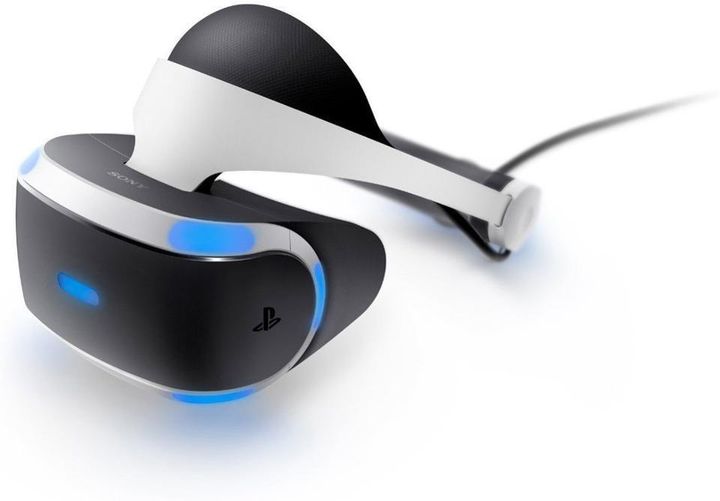
At $349 Sony PlayStation VR is the low price leader. Sony said it has sold over 1 M units. More than Vive and Rift combined.
Second, the competitors are coming, including stand-alone (wireless) headsets from HTC itself for Google Daydream. The price is expected to be the same as the Vive. Lenovo is also developing a stand-alone headset. Both are based on the super fast, cool running Qualcomm Snapdragon chip which is also driving mobile AR for Android. These headsets feature outside facing cameras, eliminating the need for tracking stations. Outside facing cameras can also bring in the real world to create Mixed Reality experiences. In China the stand-alone will work with Viveport instead of Daydream, suggesting the power of the stand-alone to provide experiences comparable with the high-end Vive and Rift systems. In other words, the new stand-alone is superior technologically, wireless and cheaper.
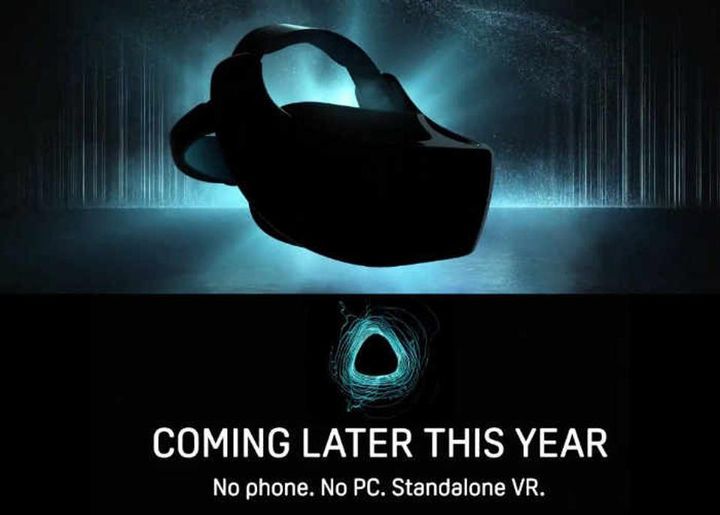
The HTC Google Daydream stand alone is shrouded in mystery.
Third, the Windows 10 MR release is weeks away. Firefox just released its VR browser. Sansar just opened its continuous VR world generator to the public. Acer is bringing a $300 dual-use — VR/MR — headset to the new Windows 10 MR platform. No gaming computer required.
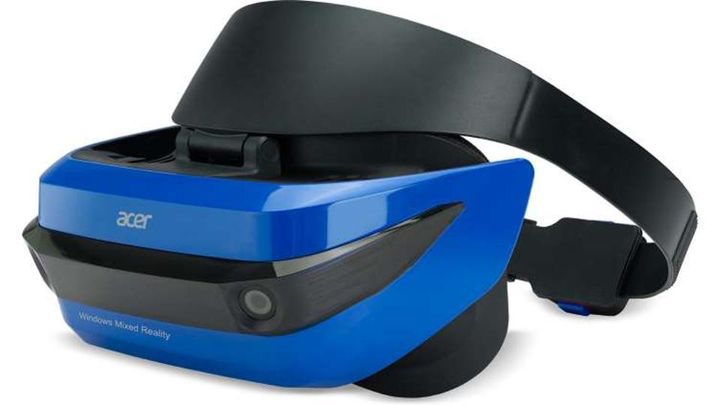
Acer's $300 Windows MR headset.
Those are just the facts, to which I’ll add a few whispers from insiders under very serious NDAs: there will be new, advanced high-end headsets from Vive and Oculus next year. They will compatible with Macs and PCs. They will feature advanced Bluetooth (BLE — Bluetooth Low Energy), better optics, advanced microphones, and hand tracking. The high-end is going to get a lot higher and pull away from the stand-alone models. When these models are announced, the prices for current the Vive and Oculus 1.0 models are going to face more price pressure. There will be a substantial resale of these models when the new ones come out. HTC and Oculus need to move these off the shelves this Christmas, at whatever price.
Oculus’ Rubin dismissed these rumors. “The Rift is our flagship product,” he explained. “We are brimming with killer apps. Our users are highly satisfied. We’re anxious to bring in new ambassadors.” For his part, Steiber was more cagey. “People like to gossip. Of course, over time the product will improve.”
Privately, Llamas texted me to say “I think it’s just that we’re at that point where sales are going stale unless they sweeten the deal a little more.”
